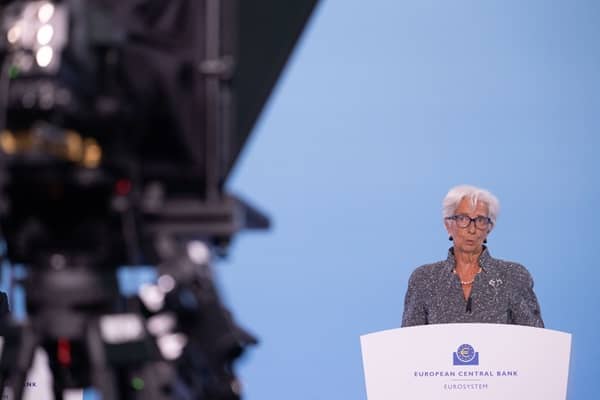The Eurozone economy only grew by 0.1% in the second quarter of 2025, a concerning fall from the 0.6% GDP growth recorded in the first quarter (following a revision in June).
The outlook for the European economy now looks mixed. Inflation appears to have been tamed, and the European Central Bank’s culmination of interest rate cuts, taking the rate to 2%, has given the Eurozone economy the opportunity to grow.
Yet, growth forecasts are not strong and global trade frictions continue to cast a shadow over economic recovery. It remains to be seen how the US-EU trade deal will affect exports from the bloc.
The deal has dodged the harshest tariffs of EU goods, with threatened 30% tariffs halved to 15%, but this is still a considerable increase on pre-existing arrangements. Both the German Chancellor and French Prime Minister have heavily criticised the deal, and investors are betting on it hurting the Eurozone economy.
Forecasters predict that GDP growth in the Eurozone will gradually rise over the next two years, but in the near term, gains are expected to be modest. Government spending is expected to play an important role in any further growth in 2025, as public sector investment, especially in infrastructure and defence, will provide a boost that the economy desperately needs.

